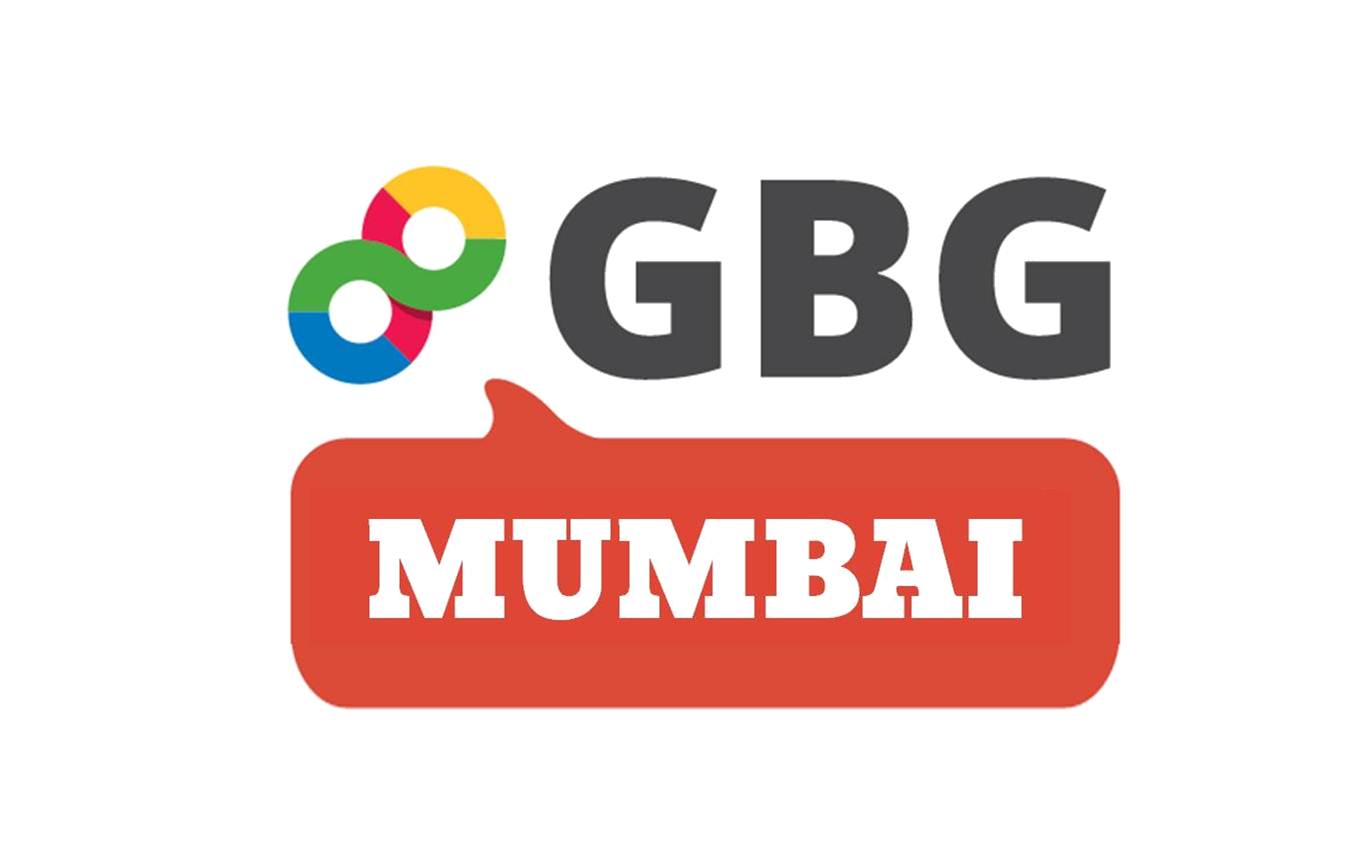The web comprises over 60 trillion pages, and is constantly growing at a tremendous pace. From the 5 page static website of a mom and pop shop to the excessive downloadable whitepaper stuffed Fortune 500 Company’s portals, everything is now indexed by Google. What are the odds that your website appears on top for a given set of keywords when a prospective customer is searching for?
The freelance SEO expert you hired last summer sure did his best, you probably got listed in the 1st page for a few keywords, but then, the search algorithms have changed at least thrice since. The Googlebot will probably be laughing at the silly link building tactics you deployed to achieve some miraculous results and spoil your premature celebrations of SEO success.
Im not trying to intimidate, im just trying to set the stage clear for this blog post, it’s not just another post on how to optimize, there are zillions of articles and slideshares about that topic; what I what you to realize is very simple. Have you understood your prospective customer enough? I believe that is the foundation on which your SEO strategy and tactics should be built upon.
So, how to understand your customer better?
Whatever the business you might be in, an individual ‘searching’ online broadly has three clear ‘intent’
- Do – Users want to “do” something, a goal or engage in an activity, such as download software, play a game online, send flowers, find entertaining videos, etc.
- Know – Users want to find information. These are “know” queries: users want to know something about a business, a service or just plain information
- Go – Users want to navigate to a website or webpage. These are “go” queries: users want to go to a specific page or a website
Which of the above intent are addressed by your website? The right answer should be ‘all three’ in an order of importance as above.
You could be a school, a clothing store, an information portal (tech, movies, hotel reviews), corporate website, an app for download, a NGO in constant need of donations, whatever maybe your business, a prospective customer is looking forward to gaining firsthand information, meaningful reviews and reliable recommendations; and in bulk of the cases, this doesn’t happen by searching directly for your brand name. (Besides, optimizing for brand keywords is a cliché)
While understanding the intent is one thing, putting a context around that is quite another.
Consider the following search queries in Google ‘CBSE vs ICSE’ or ‘Apple vs Android’ or ‘Job vs Career’; in all three cases, the search results do not lead to a school, Android’s website (despite owned by Google!) or a job portal respectively. Here, Google clearly knows the intent and context of the user search; it aims to provide most popular news or blog articles for all of the three search cases.
If we tweak the search query a little ‘best cbse school’ the results are quite different, we get a page full of results with maps and reviews, and ofcourse, Google knows from which city you are searching from, so CBSE schools from your city will be displayed.
Once you have understood your customer’s context of search, here’s how to optimize:
- Start with analysing your content and keywords and constanstly ask yourself “does your site has contextual message or is it just plain sales brochure like information?”
- Have a entertaining, interesting and relevant content startegy that address the ‘know’ intent; your social media presence comes to help here, and do not ignore G+, genuine guest blogs and wikipedia (if you qualify)
- Create compelling landing pages that addresses the ‘do’ intent, have rich media integration like videos and slideshare in the landing page explaining why your are the best.
- Have error free links, and frequently updates sitemaps to optimise for ‘go’ intent.
End note: Intent is what you should to undertand clearly, it is for the context that you must otpimize.
Got more questions? We will answer for free! Follow us Follow @gbgmumbai
and send us your tweet Tweet to @gbgmumbai

